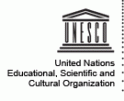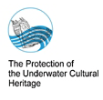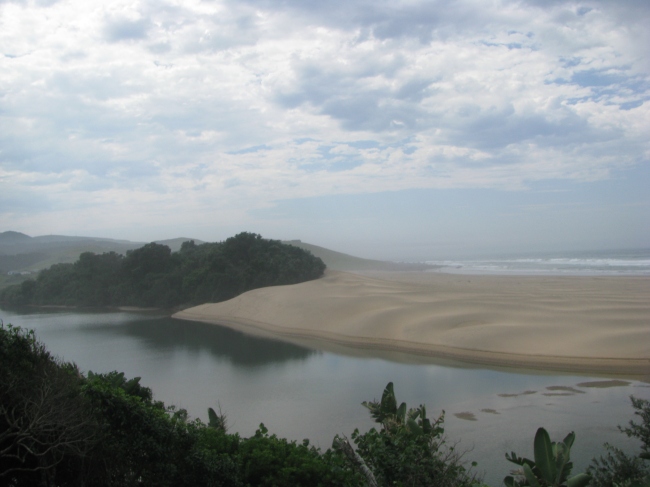Written by Janet Ranson, Artist behind the “Whispers of the Sea” exhibition
We set up the Whispers of the Sea exhibition on the top floor of the Pan African Market in Long Street, Cape Town on 4th June. Tahirih and Andisiwe, Claire and Sam Murgatroyd helped with the installation.

Participants at the NAS training – they contributed bottles of things they felt were “heritage significant” to the Exhibition as well!
We decided to place our ring of ‘treasure jars’ in the centre of the landing, to create drama as you came up the stairs. 16 jars were suspended from hooks in the ceiling, appearing to float at head height. The contents included pot-shards and beads collected on the beach near Lambasi village (donated by the collectors), a copy of a gold bell recently found, mussel shells, photographs from the research and images of precious heritage as documented in the NAS training. Each jar was internally lit by LEDs.
Speakers were placed on either side of the ring of jars, playing a selection of clips from the research interviews, edited by musician Eric Michot. These clips were edited in the original isiXhosa with English translation, fading into sea sounds, creating the effect of a multiplicity of voices, telling stories and commenting on Eastern Cape maritime heritage.
We also displayed a worn spade and hoe with worn-away blade, which had been used by some of the interviewees for digging on the beach for many years. For an extra interactive element, a rusted chest was filled with sand and ‘salted’ with beads, shells, pot-shards and chocolate coins, with visitors invited to dig for ‘treasure’ (this was not popular and won’t be repeated at future exhibitions). Alongside the usual opening night offering of a glass of wine, Tahirih set out jars of favourite childhood sweets: stars, cachous, chappies, wicks and liquorice gob-stoppers, which were enthusiastically enjoyed by visitors.
When visitors arrived at the exhibition, they were curious about the display and a somewhat puzzled over the jars, although they liked the effect. This was the intention: while they examined the jars they could hear the sound piece. Janet Ranson has observed that people are not used to listening, and calculated that they would need a visual distraction to help them take time to hear the stories.
Positioning the exhibition at the Pan African Market and partnering with First Thursdays helped attract a large and varied audience. At the opening, the space was packed, despite the cold weather and 3 flights of stairs. Andisiwe was on hand to explain the research project and the significance of the objects in each jar. We found that tourists, artists and even historians were fascinated by her tales. The recorded voices proved so effective that one visitor thought the voices were coming from the jars themselves!

Lunga, Andisiwe and Sbu – the team of people that welcomed and guided visitors through the exhibition!
People were visibly engaged and animated and emotional discussions ensued: urban Xhosa-speakers seemed delighted to see some of their culture and customs recognized in this way. Waves of visitors kept arriving, including some of the ‘who’s who’ of Cape Town’s contemporary performing arts scene, who came to see Khaya Witbooi and Jacqueline Manyaapelo’s performance (in the same space) and stayed to comment on the exhibition. It was exciting to see so many people take an interest in the research from an isolated and neglected part of South Africa.



























